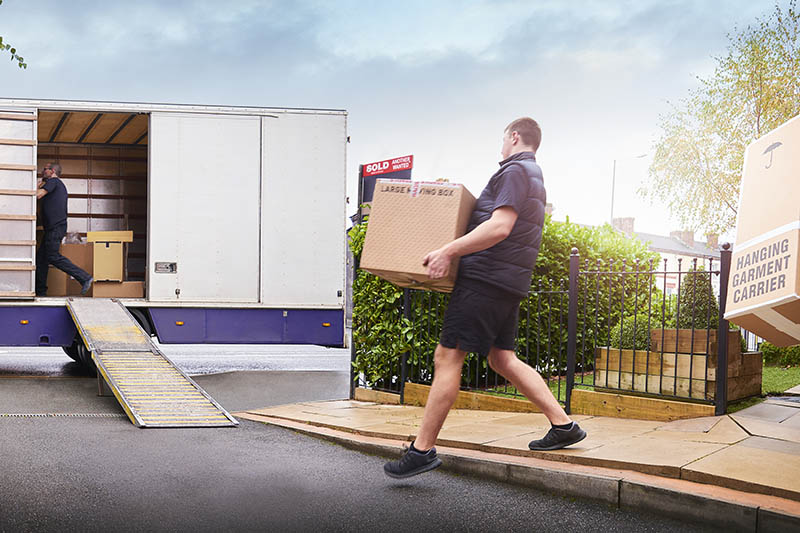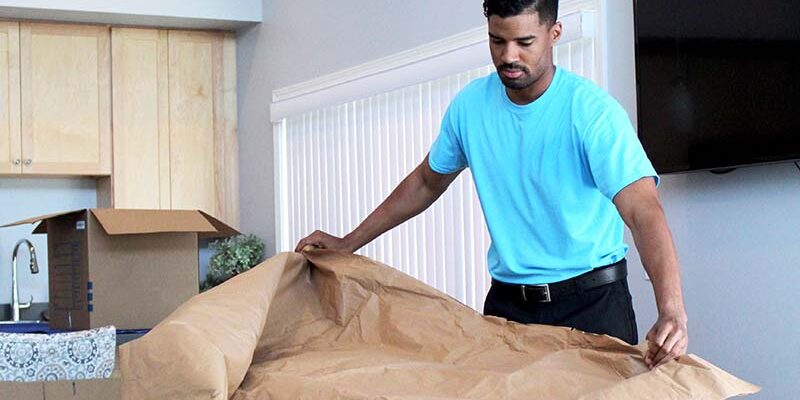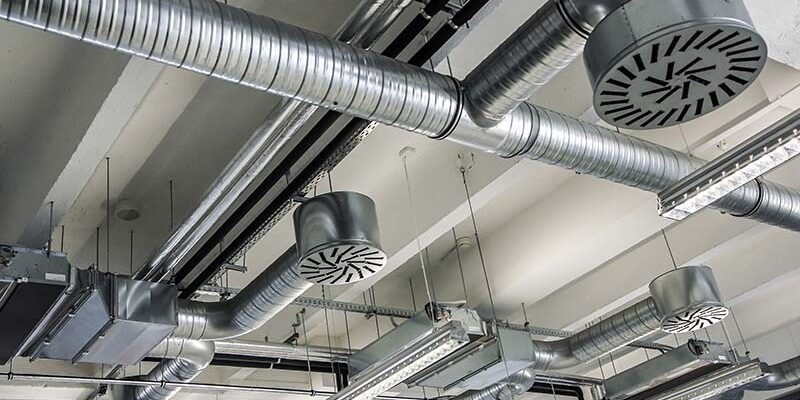Packouts for Production and Profitability

By David Mazur
Construction and mitigation have been the mainstays of the restoration business for decades. Contents, on the other hand, traditionally has been viewed as a less profitable but necessary evil that needed to be addressed to facilitate the requirements of the total claim. This perception of contents may well be the reason the industry has taken so long to evolve.
It’s still commonplace for vaults of contaminated contents to sit in warehouses for months waiting for mitigation services and the rebuild to be completed. This practice can be detrimental and often affects the overall quality of the restoration. With various categories of contents, as contaminated items sit idle for extended periods of time, the potential for acidic damage increases. Cleaning becomes more tedious and removing residues from porous materials gets more difficult the longer the cleaning process is delayed. As a result, many delicate items may not survive the cleaning process and may become non-salvageable.
A new direction
Change is inevitable, and the evolution of the contents restoration industry is well underway. As margin adjustments to mitigation and construction continue to dwindle, contractors are turning their attention to contents. We have seen demand for training and education steadily increase. Job software and processing technology also continue to grow as restorers seek to implement methodologies that improve overall service quality for insurers and claimants.
As contents continues to be a hot-button topic in the industry, we are seeing the steady emergence of independent, contents-only service providers. These restorers have full-service capabilities and provide all contents services in house. Many offer their services to other restorers who do not have the desire, capabilities, or manpower to commit to contents services. Franchise groups also are now appearing in the marketplace in an attempt to establish service networks in various regions of the country. These developments are indicators that the contents restoration industry has finally arrived and is here to stay.
Contents restoration, however, is complex, with many moving parts. Cashing in on contents requires attention to detail, precise organization, and the ability to implement specific managerial and technical methodologies. When restorers implement the correct business model, they provide their customers with a quality-assurance standard that leads to successful claims closure.
Packout inventory
It’s hard to imagine processing contents without employing accurate inventory documentation. In the past, however, few restorers bothered with inventory lists, let alone photos of contents items. Today, of course, documentation is a requirement that helps insurers navigate the contents claim and makes it possible for restorers to properly organize and categorize inventory for fast, efficient processing.
Packout is the most critical phase of the contents restoration process, and the way the packout is managed has a direct effect on production and profitability. Despite the importance of implementing a structured packout protocol, few restorers go into a job with a pre-formulated plan. Not implementing a strategy results in packout confusion, labor mismanagement, and inefficient contents processing.
Packout tips
To kickstart a new claim, management often summons all hands on deck. However, having the entire packout crew show up at the start of the job is a mistake since only a few technicians are required to initially set up the packout. Having too many techs onsite to start a job sets the stage for overbilling of hours, often causing service invoices to be red flagged and ultimately negotiated.
First on the scene should be an inventory specialist, a lead technician or contents manager, and a few techs to address the manipulation of content items. These crew members will initially set the stage for job efficiency and expedited contents removal.
The first order of business is to take photographs and or videos of each room, capturing the condition of the interior and overview of the contents inventory as items are found. The next step is to document all large, total-loss content items and remove them from the dwelling for later valuation and disposal.
The inventory specialist will then proceed to photograph, document, and tag all large items, room by room. These items include furniture, appliances, and other non-boxable, oversized items. All such items should be immediately packed or wrapped and loaded directly into a truck—or, in the case of vaults, awaiting removal from the jobsite as soon as possible. Once the premises are void of these obstructions, other technicians can be put on the timeclock to set up several packing stations in appropriate areas to begin the boxing process.
Extracting maximum production from packout efforts requires the services of a capable inventory specialist and properly trained packout technicians. A typical packout crew for an average three to four-bedroom home should consist of four to five techs, as well as a supervisor and/or inventory specialist. The packout/inventory specialist determines and identifies various categories of contents items, ensuring all like items of the same material type are gathered, grouped, photographed, and documented.
A capable inventory specialist can comfortably document three to four packout stations simultaneously. (The time spent to inventory each packing station is approximately 2-3 minutes when proper protocols are implemented.) After contents are documented at the packing station, the specialist prints a barcode or box label, leaving the technician to wrap and pack items and affix the box label upon completion. The technician then proceeds to gather more contents of the same category as directed by the inventory specialist and repeats the process.
A properly trained packout technician has an average production expectation of four to five boxes per hour. This rate is attainable as technicians are not involved in the inventory process and concentrate only on packing. Utilizing this methodology decreases time spent at the packout site and properly aligns contents for processing efficiency, accelerated production, and expedient claims turnover.
Mistakes cost time and money
When restorers go into a packout, the objective is to remove all content as quickly as possible. Restorers traditionally packout contents room by room as proper protocol dictates. However, most technicians pack to move when they should be packing to clean. Proper procedures involve packing content items by material type and contamination level. When like items are packed together in the same box, only one cleaning methodology—specific to the material type of the items—is required. Mixing contents of different material types and various contamination levels requires using a multi-stage cleaning process, which slows production, hinders cleaning results, and frustrates cleaning technicians.
In addition to material type separation, attention must also be paid to the construction and decorative aspects of an item. A distinction between durable and delicate items must be determined. Items considered durable can withstand aggressive cleaning methodology, higher solution temperatures, and more potent chemical mix ratios. Other items will require specific handling and cleaning procedures even though the items are made from the same material type. For example, ceramic items can be categorized as durable or delicate. The category is determined by how the item is constructed. This distinction must be determined and indicated on the box or box label, providing the cleaning technician with the information needed to apply the correct restoration procedures.
Modern day contents restoration offers restorers a unique business opportunity. The complexities associated with contents restoration are real, and downplaying the importance of the packout can cost restorers hundreds—often thousands—of dollars on every claim. The packout is a series of stages and movements that must be highly organized and properly executed. Approaching contents restoration with service professionalism and attention to detail will provide insurers and claimants with repeatable service consistency, resulting in expedient and successful claims resolutions.
David W Mazur is the president of Fireline and CEO of Ultrasonics International Corp (UIC). He founded Canadian Ultrasonic Industries in 1989, which was the first Canadian company to formally manufacture and distribute ultrasonic cleaning equipment. Mazur expanded into the U.S. in 1993 under the UIC name and has developed a range of cleaning equipment for contents restoration. Mazur introduced Fireline, the first contents restoration production line, in 2005 and thereafter established Fireline Training Centers, which provides contents restoration education.












